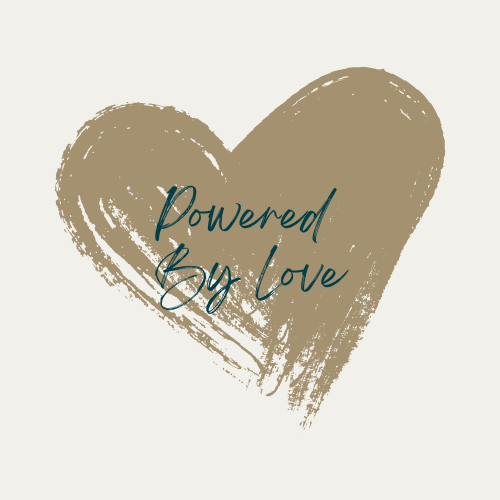Over the years I’ve heard lots about the ‘fight or flee’ response. Mostly we know what those look like. We get scared and we either lash out (fight) or run away (flee). It’s a pretty simple, easy way to take about fear, and it’s not wrong, but it’s not complete.
As I’ve read and learned and studied, I’ve seen the ‘freeze’ and ‘fawn’ responses begin to turn up, and I certainly see those happening in myself and in others that I work with. Freeze and fawn both happen in times when an individual feels powerless in the face of the situation. Freeze works on the animal premise that maybe if I ‘play dead’ the predator will decide I’m not interesting and keep going to find something better. Freeze sometimes looks like falling asleep involuntarily, going mute or otherwise shutting down.
Fawn is a tool that is often developed by children who grow up experiencing abuse or neglect from the very caregivers they are dependent on. It is a tool used to placate the caregiver so that they can go back to getting their basic needs met. Just like fight, flee and freeze, fawn is all about survival, and it’s an incredibly complex coping strategy for a child to develop.
But I realized this week that there might be a fifth fear response: force.
Now, some might say that ‘force’ is simply a subset of ‘fight’, but I think they are subtly and importantly different. Fight involves raised voices, hurtful words, physical contact – the purpose of fight is to damage the other person before they can damage us as a means of self-protection. But force is different. Force is a digging in of the heels – a continuous pressure – an attempt to move the immovable object as if our life depended on it (and maybe, sometimes, it does!)
When I get afraid at the doctor’s that I’m not going to be listened to or heard, I might try to force the issue. When I get afraid that my experiences won’t be adequately responded to during a conversation with my husband, I might try to force my perspective. When I get afraid in a work situation that I will be passed over on the next project I might try to force my solution.
Recognizing this fifth fear response is critical to knowing how to respond to force as a response – whether in myself or in others. It tells me that there is an underlying issue – fear – at work when I see myself or others trying to force an issue. And since our reaction so often is to try to meet force with equal and greater force, if we can step back and determine the root fears at play it will give us an opportunity to shift the engagement out of the inevitable deadlock we find ourselves in to create something more functional and even beautiful in our interactions with one another.
Force in my medical appointments might give way to a question-based dialogue.
Force in my conversations with my husband might give way to seeing his perspective.
Force at work might give way to collaboration.
Because it turns out that the more we become compassionately curious, the more effective our relationships become and the freer and lighter we find ourselves living!


Leave a comment